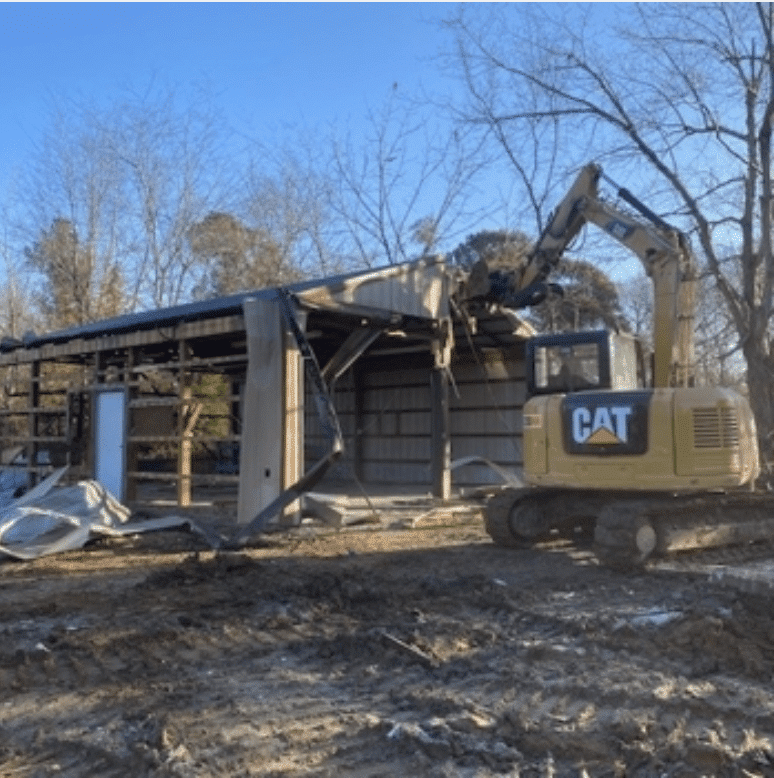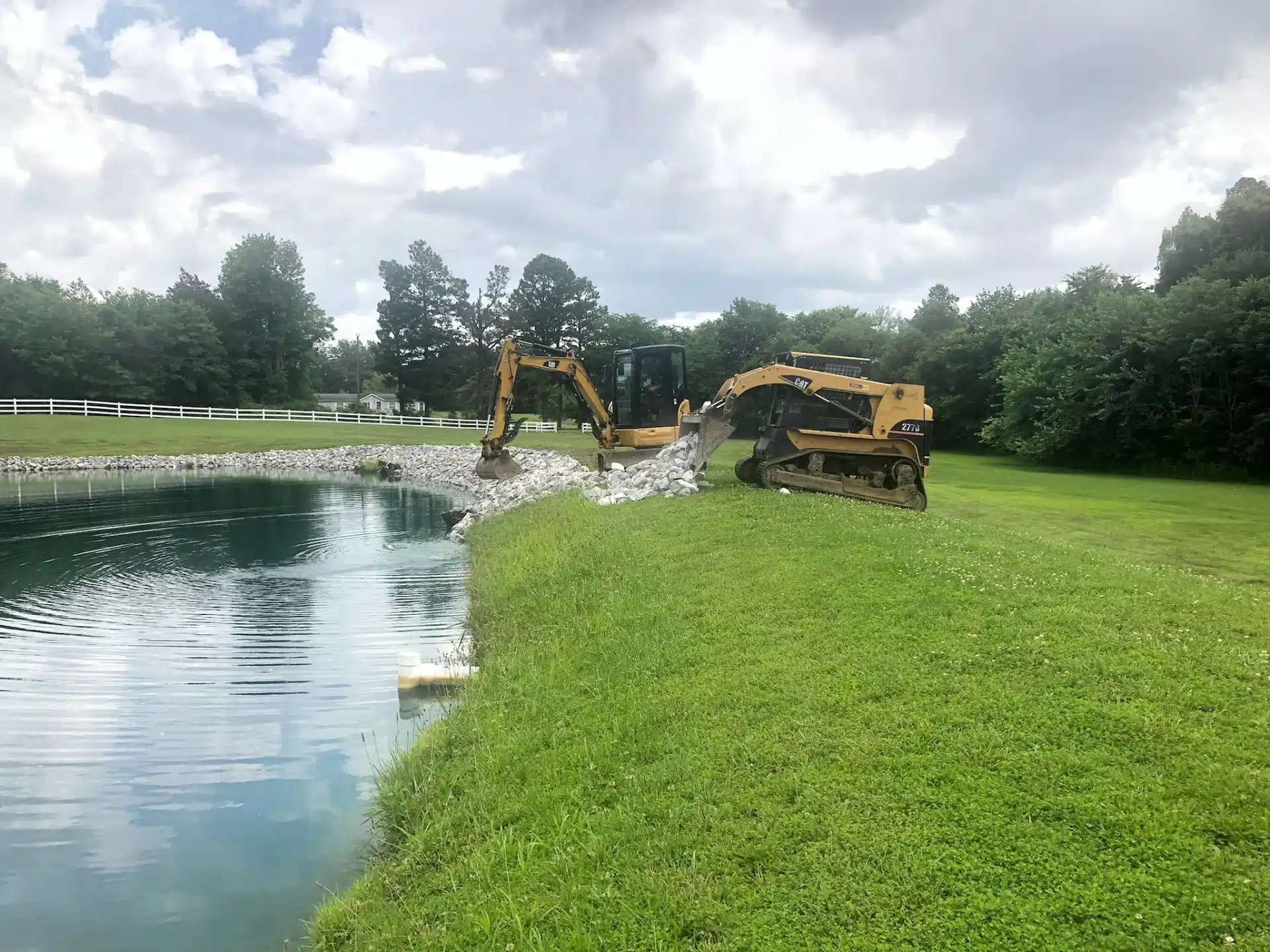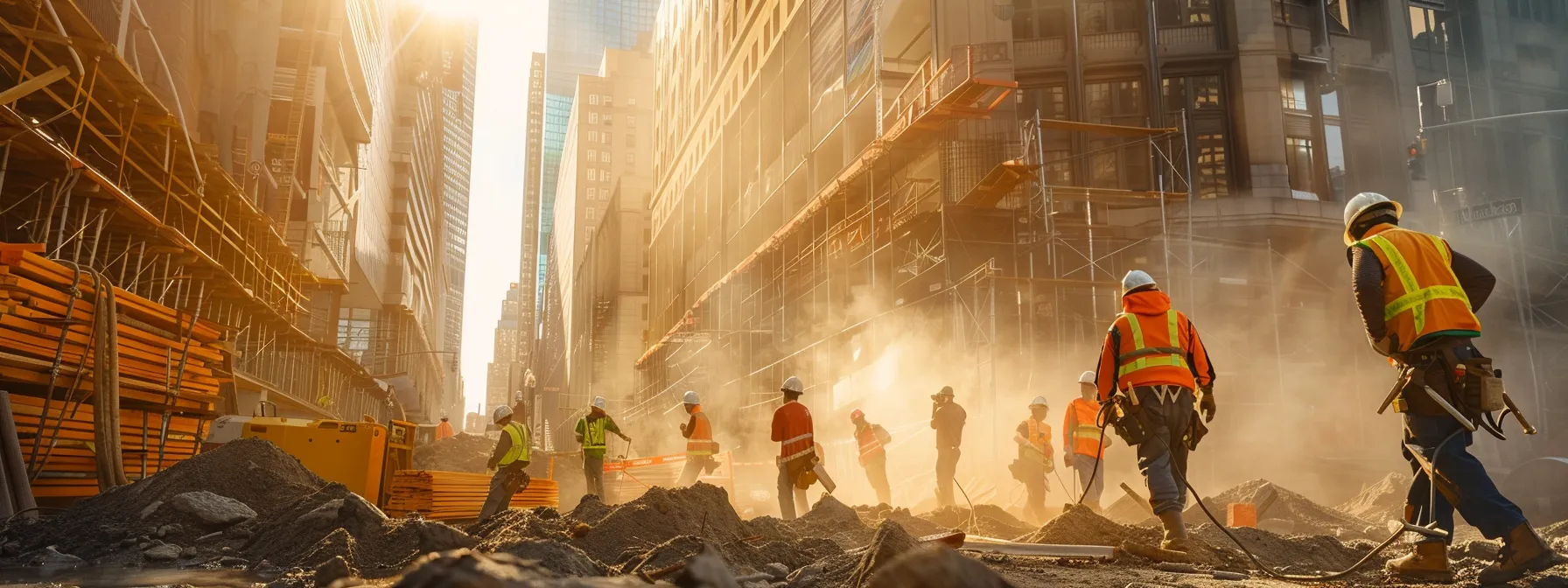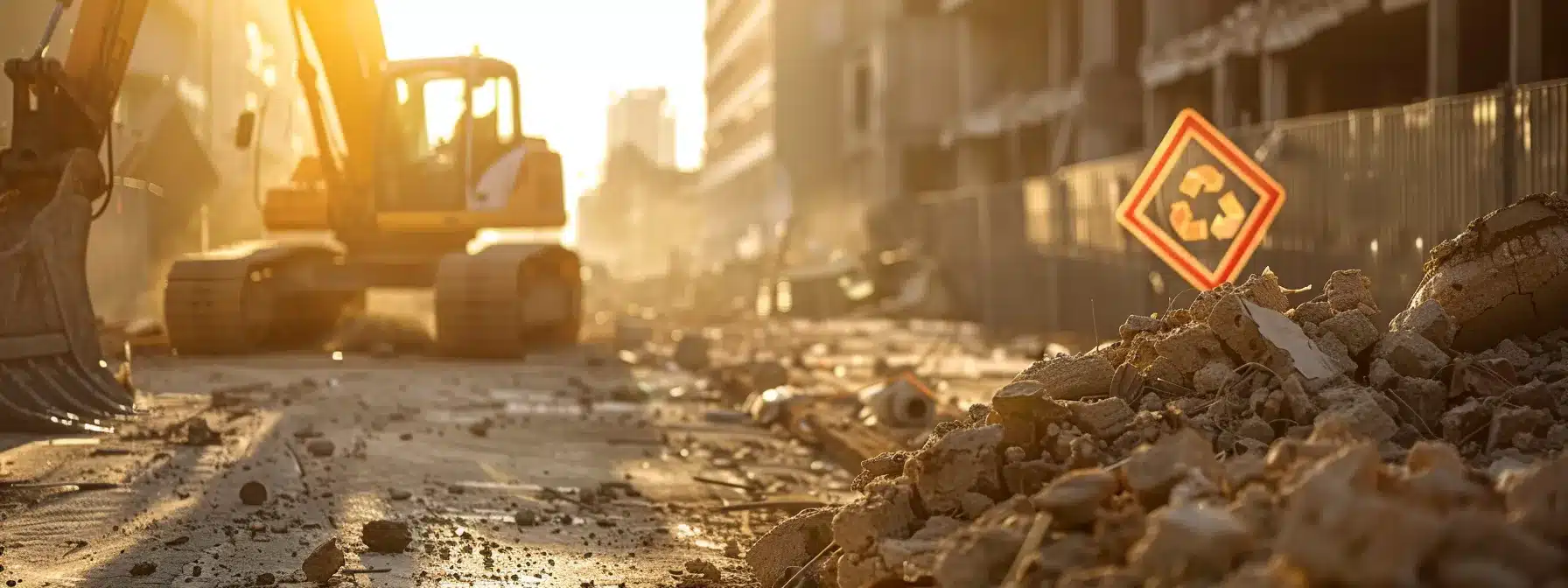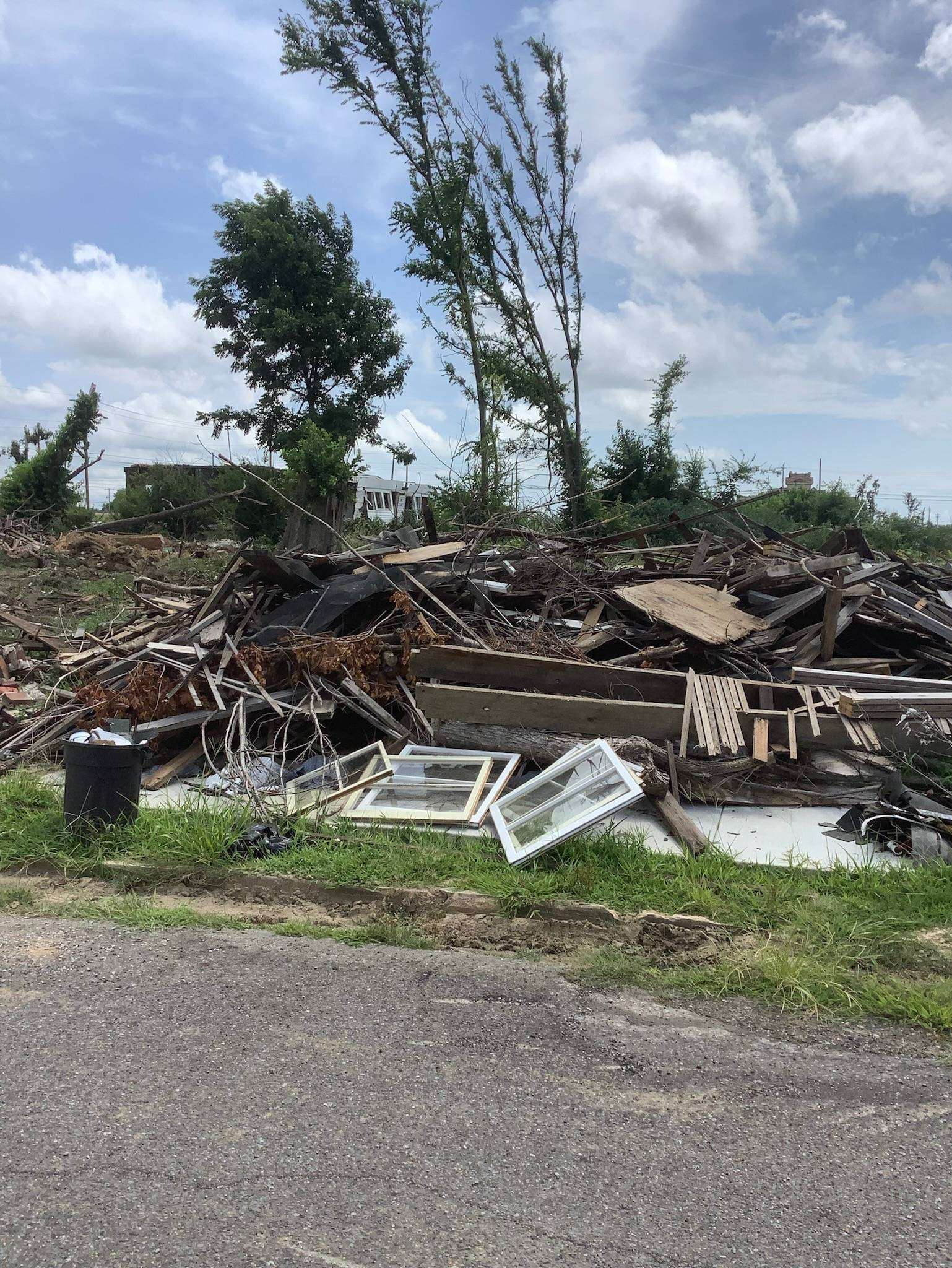Demolition is a complex project that needs careful planning and execution to keep workers and the environment safe. We explore safe demolition techniques in this article, to decrease dangers and make the process transition smoothly.
To begin with, it’s important to check the structure’s condition carefully. Knowing of any potential risks such as asbestos or lead-based paint is essential for making a good plan. After getting all necessary permits and approvals, the dismantling can start.
Safety of workers must be a priority, so they should get proper PPE and training in handling specialized tools. A systematic approach that includes communication among workers helps maintain a well-organized and efficient workflow.
Controlled demolition techniques are also necessary to stop collateral damage and keep the site secure. Machinery like cranes, excavators, and wrecking balls should be used accurately to destroy the structure with care and reduce the risk of collapse.
Regular inspections during the project should be done to ensure safety. This lets any unforeseen issues be fixed quickly, avoiding accidents or delays. By following these safe techniques, demolitions can be done fast, successfully, and without compromising safety standards.
Importance of Safe Demolition Techniques
Demolition is a must in any building project. Implementing safe techniques is essential for the safety of workers, neighbors, and buildings. Following safety protocols during demolition can lessen potential dangers, prevent accidents, and improve the project’s efficiency.
A comprehensive approach is needed for safe demolition. Planning properly, communicating effectively, and utilizing appropriate gear are necessary. Before starting any demolition, assessing the site and recognizing risks is essential. This aids project managers in creating a plan that outlines steps to take for safe demolition.
Open communication between project managers, demolition teams, and authorities is vital. This helps with coordination and enables rapid response to any issues or emergencies that may come up.
Selecting the right equipment is a key factor for safe demolition. Advanced machinery, specifically designed for demolitions, minimizes risks and ensures accurate execution. Moreover, proper training for workers operating such equipment increases their proficiency and decreases the risk of accidents.
Preparing for Demolition
Conduct a thorough assessment of the structure. Check for asbestos, lead paint, or other harmful substances that require special handling.
Obtain necessary permits and permissions from local authorities. This ensures compliance with building codes and regulations.
Create a detailed demolition plan that outlines tasks, equipment, and safety measures. Consider noise control, dust suppression, and waste management in your plan.
Communicate with neighboring properties to avoid disruptions and ensure safety.
Prioritize salvageable materials before demolishing. Identify valuable items or materials to reduce waste and save money on disposal costs.
Hire qualified contractors to carry out the job safely and efficiently.
Monitor environmental impact. Implement measures to minimize harm from disposal of hazardous materials, recycling construction waste, and using eco-friendly practices.
Inspect and maintain equipment used in demolition process to prevent accidents.
Follow these guidelines and incorporate safety measures to ensure a smooth and secure demolition project.
Ensuring Safety during Demolition
Demolition work is risky business, but with the right techniques and precautions, safety can be guaranteed. Here’s a 6-step guide to help you keep it safe:
- Assess the site: Thoroughly examine the area prior to demolition. Locate potential hazards like electric wires, gas lines, or unstable structures. This will help plan and execute the necessary precautions.
- Obtain permits: Depending on your location and the demolition project, you may need to acquire permits from local governments. These permits ensure you meet legal requirements and adhere to safety standards set by regulating bodies.
- Wear proper PPE: Wearing Personal Protective Equipment (PPE) is crucial in demolition work. Ensure everyone has hard hats, goggles, gloves, and steel-toed boots. Provide respiratory protection if needed, especially in dusty or hazardous areas.
- Plan for debris removal: Demolition produces a lot of debris that needs to be managed and disposed of safely. Have a plan in place for removing and disposing of debris to reduce any risks or hazards.
- Use safe demolition techniques: Use controlled demolition techniques when possible to minimize risks of falling debris or collapsing structures. Follow industry best practices such as manual dismantling or using machines like excavators or cranes.
- Inspect regularly and monitor: Inspect throughout the demolition process to identify changes or safety concerns. Monitor the stability of structures being demolished, as unexpected collapses can happen even with well-planned projects.
It’s also important to communicate and coordinate with everyone involved to guarantee safety during demolition. To safeguard workers and the environment, prioritize safety by following these guidelines. Make sure your next demolition project is secure and successful by taking action now.
Managing Hazardous Materials
Identify hazardous materials present on site, such as asbestos, lead, and chemical substances. This is essential to develop safe handling strategies.
Adhere to strict protocols for hazardous material handling, including the use of PPE and special tools. This minimizes the risk of exposure and contamination.
Arrange for proper disposal of hazardous materials to prevent pollution. Work with licensed waste management companies.
Understand unique properties of each material to take appropriate precautions. Train workers in managing hazardous materials.
Monitoring systems demonstrate a commitment to worker safety & avoiding potential penalties.
Emphasize the significance of managing hazardous materials throughout demolition. Failure to do so may result in severe consequences. Safeguard lives & protect the environment from the harmful effects of hazardous materials!
Techniques for Controlled Demolition
Controlled demolition requires strategic planning, special equipment and experienced professionals. Let’s check out the techniques used:
- Implosion: Place explosives in the structure and detonate in sequence, making it collapse inwards. Calculations and timing are essential to stop damage to near buildings.
- Selective Demolition: Remove sections of the building while preserving others. Special tools like saws, high-reach excavators and hydraulic breakers do the job.
- Non-Explosive Demolition: In sensitive environments noise, vibrations and dust must be minimized. Concrete crushers, rock splitters and expansive grouts are used for gradual demolition.
- High-Reach Demolition: For tall structures, high-reach excavators with long-arm attachments allow workers to reach high levels safely and reduce manual labor.
Every project has its own complexities and needs customized approaches. For a successful demolition, hire experienced professionals. They will handle your needs with care, precision and efficiency. Get in touch with our team today for a tailored consultation.
Post-Demolition Cleanup and Waste Management
Segregation: Waste materials such as concrete, wood, metal, and hazardous substances must be separated after demolition. This helps with proper disposal or recycling, cutting down on environmental impact.
Hazardous Waste Handling: Care must be taken when dealing with hazardous materials like asbestos or lead-based paint in demolished structures. Safety procedures must be followed to protect workers and prevent contamination.
Recycling: Recycling is key in post-demolition cleanup. Concrete and metal can usually be recycled. This means less demand for new resources and less waste in landfills.
Disposal Planning: Planning for waste disposal is essential to avoid illegal dumping or overloading landfills. Knowing where to take the waste beforehand ensures it is managed in an eco-friendly way.
Site Remediation: Depending on the demolition project, site remediation may be required after the cleanup. This could involve restoring the natural ecosystem or preparing the area for future development.
It’s important to note that each demolition project is different. Experienced professionals should be consulted and industry standards followed for a successful post-demolition cleanup process.
Other things to consider include local regulations and community worries about noise or dust pollution during the cleanup.
To emphasize the importance of proper post-demolition cleanup and waste management, a real-life example from my experience comes to mind. I once saw hazardous materials handled incorrectly without taking into account the health risks. The results were terrible – it caused hefty fines and legal issues, and it hurt the workers. This served as a reminder that protocols must be followed and safety prioritized during the cleanup process.
Wrap-Up: Safe Demolition Practices
The need for secure demolition methods is increasing. It’s key to grasp the value of correct planning and executing. Stick to safety protocols, use advanced gear, employ trained personnel – this ensures a secure and successful demolition process.
Selective dismantling and implosion have been examined closely. It’s vital to stress the importance of waste management during demolition. Disposing of hazardous materials shields both the environment and the workers, and neighbors. Waste management should be an essential part of any demolition project.
Besides, communication is fundamental for a successful and safe demolition process. Regular communication among project managers, engineers, contractors, and staff helps to spot potential risks and to find suitable solutions. Transparent communication channels reduce accidents and encourage a culture of safety at the site.
Frequently Asked Questions
FAQ 1: What are safe demolition techniques?
Safe demolition techniques refer to the methods and practices used to safely dismantle or destroy structures without causing harm to workers or the surrounding environment. These techniques involve careful planning, proper equipment, and adherence to safety regulations to minimize the risk of accidents.
FAQ 2: What should be considered when planning a demolition project?
When planning a demolition project, several factors should be considered, including the type and condition of the structure, the presence of hazardous materials, the surrounding environment, and the safety of nearby structures and utilities. It is important to conduct a thorough assessment and develop a detailed plan to ensure the safety of everyone involved.
FAQ 3: What safety measures are necessary during a demolition project?
During a demolition project, various safety measures are crucial to protect workers and the environment. These measures include using personal protective equipment (PPE), securing the site to prevent unauthorized access, controlling dust and debris, proper handling and disposal of hazardous materials, and ensuring the stability of nearby structures.
FAQ 4: What qualifications should a demolition contractor have?
A qualified demolition contractor should have the necessary licenses and certifications, experience in similar projects, knowledge of relevant regulations and safety standards, and a track record of completing projects successfully and safely. It is important to choose a reputable contractor to ensure the proper execution of the demolition project.
FAQ 5: Are there alternative methods to traditional demolition techniques?
Yes, there are alternative methods to traditional demolition techniques that can be used in certain situations. These may include deconstruction, which involves carefully dismantling the structure to salvage reusable materials, or implosion, which uses explosives to bring down a building in a controlled manner. The suitability of these methods depends on factors such as the size of the structure and surrounding environment.
FAQ 6: Who is responsible for ensuring the safety of a demolition project?
The responsibility for ensuring the safety of a demolition project lies with various parties involved, including the owner of the structure, the demolition contractor, and relevant regulatory authorities. Each party has a role to play in adhering to safety protocols, conducting risk assessments, and implementing appropriate safety measures to minimize any potential hazards.


